We have much more to do and your continued support is needed now more than ever.
Save Wildlife: Join the Virtual Wildlife Climate March!
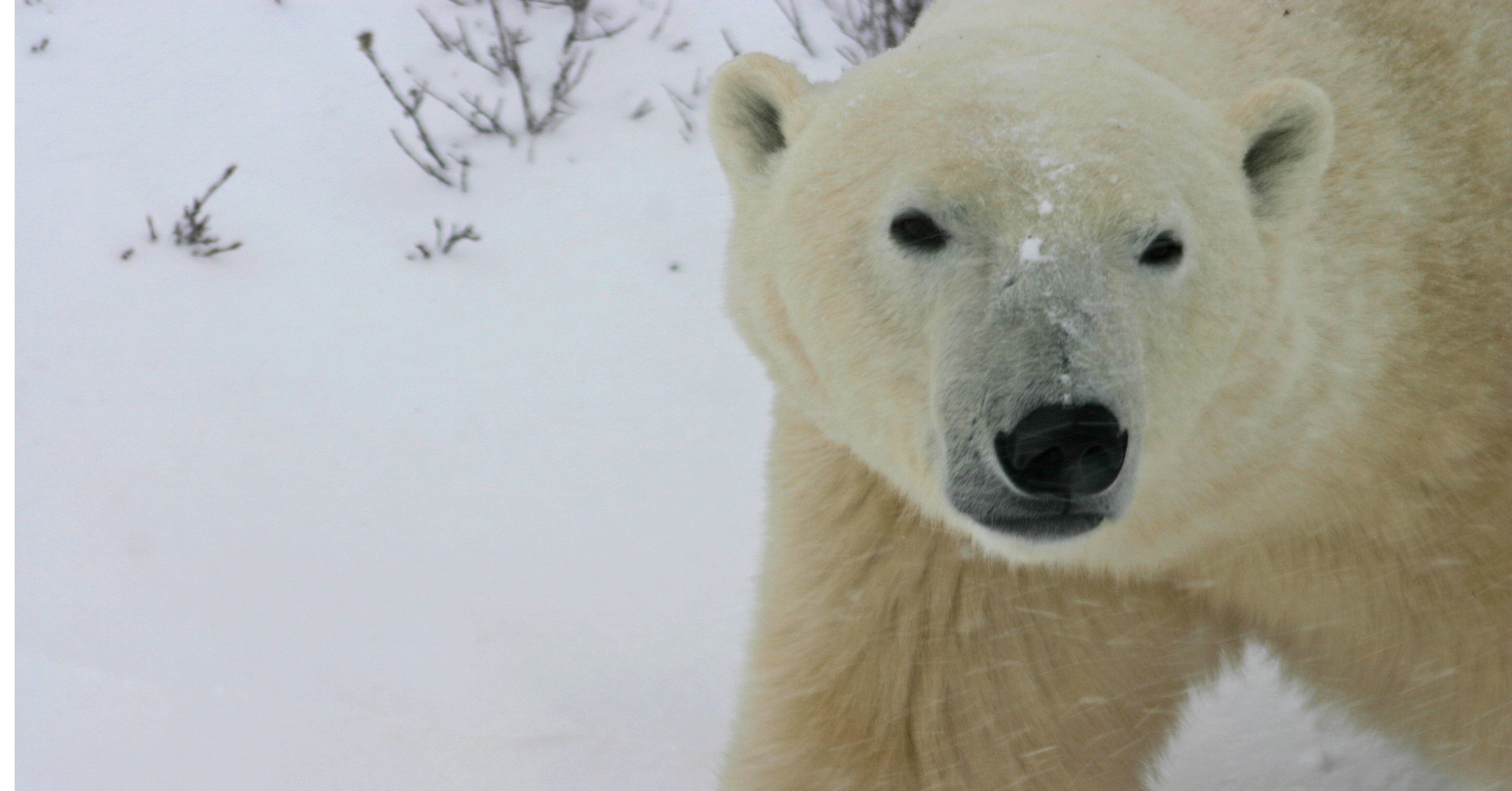
Today, wildlife need our help more than ever. Species throughout our nation – including moose, sea turtles, and polar bears — are suffering and dying from rising temperatures and sea levels, drought, and severe storms brought on by climate pollution. Yet the Administration and some in Congress are rolling back or entirely eliminating effective programs to limit climate pollution from dirty power plants, auto emissions, and oil and gas drilling. It’s a giant step backward for wildlife, our wild lands and our communities.
But together, we can change this! On April 29th, the People’s Climate March in Washington, D.C., will send an important message to our leaders in Congress and the Environmental Protection Agency: Take real action to fight pollution that changes our climate, and protect clean air, water and land. And we’re making sure, with your help, that wildlife are represented in that march.
Join the Virtual Wildlife Climate MarchWe’re using social media – which our leaders pay attention to – to draw attention to the plight of wildlife struggling with pollution and climate change. Just post your message on your favorite social media channels with the hashtag #WildlifeClimateMarch, and we’ll do the rest.
How to Participate
1. POST ON FACEBOOK
- Submit a photo to our Wildlife Climate March Facebook event page of an image of your favorite species or wild place.
- In one sentence, tell us why it’s important that our leaders stand up to address climate pollution and protect wildlife and habitat.
- Make sure to add your first name to the post as well your city and state so we know which members of Congress to send your message to!
- Also, please be sure to include the hashtag #WildlifeClimateMarch in your post!
- Here’s an example:
2. SEND A TWEET
- Write a tweet highlighting how climate is impacting wildlife you care about and upload a picture to go with it.
- Be sure to include the hashtag #WildlifeClimateMarch in your tweet so we can re-tweet all of your amazing tweets and collect them for delivery to Congress and the Environmental Protection Agency!
- Add the twitter handle for your member of Congress. Here’s a list of the Twitter handles.

3. FORWARD THIS INFORMATION TO A FRIEND!
Share this post to your own social media timeline. If you’re not on Facebook, you can email this blog post to friends who are! Help us spread the word and send Congress and the EPA hundreds of messages!
4. MARCH!
Find the closest climate march to you (or start organizing one yourself!), and get out there to lend your support for the need to confront climate change around the world.
Your messages will be delivered to members of Congress and the Environmental Protection Agency so they know you care about the impact hotter temperatures, withering drought and severe storms have on wildlife. And we’ll select some of the best messages to carry during the march.
Wildlife in Trouble Due To Climate Change
Many of you already know the stories of moose suffering from ticks due to warmer winters, polar bears unable to hunt due to a lack of sea ice in the arctic, and sea turtles losing nesting habitat on the beach from rising sea levels. Below are more examples how climate pollution hurts wildlife throughout our Nation.
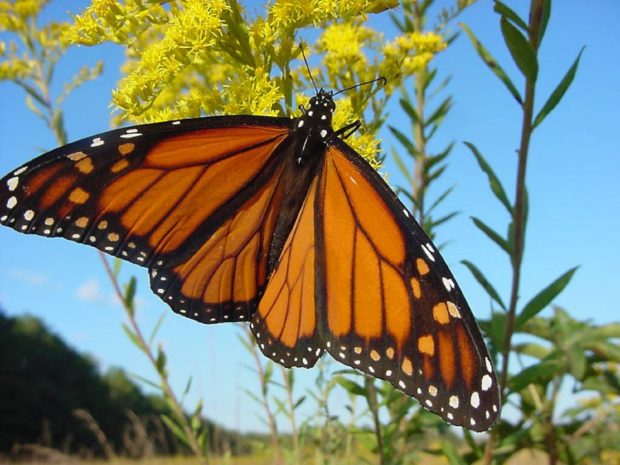
MONARCH BUTTERFLY
While our changing climate is responsible for severe weather and extreme drought, it is also responsible for the gradual change in North American landscapes — a creeping threat that puts species like the monarch butterfly at risk. Monarchs depend on temperature changes to signal when they should start their annual migration, and warmer temperatures in the North mean that the species may start its migration south up to six weeks late. This leads to butterflies freezing as they pass through the Midwest on their way south to Mexico. Researchers and scientists estimate that only a fraction of the population remains — in recent years, monarchs have decreased by 90 percent in North America since peak populations in the mid-90’s.
Suggested Tweet: Monarchs butterflies have declined 90%. @(CONGRESS MEMBER HANDLE) DYK climate changes hurts wildlife! #WildlifeClimateMarch http://bit.ly/2nT9Zba
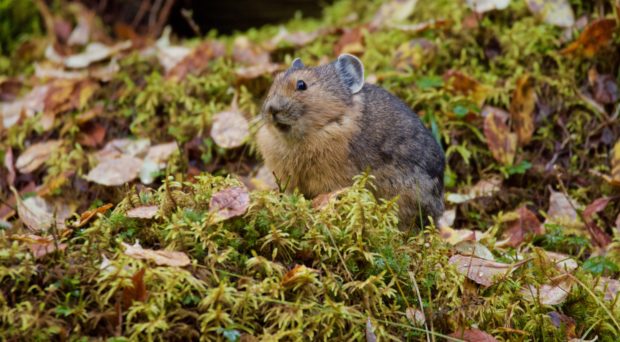
AMERICAN PIKA
The American pika, which live in the highest ranges of the Rocky Mountains, are particularly sensitive to small changes in their environments. When temperatures exceed approximately 70 degrees, American pikas can die within hours if they cannot escape the heat. Pikas were only found in 11 of 29 sites where they once lived in northeastern California and in the Great Basin, stretching from Utah’s Wasatch Mountains in the east to the Sierra Nevada and Cascade mountains in the west. The population is down about 44 percent compared to historical records.
Suggested Tweet: If we don’t get serious on climate change, @(CONGRESS MEMBER HANDLE), pikas may run out of places to go. #WildlifeClimateMarch http://bit.ly/2nT9Zba

RUSTY-PATCHED BUMBLE BEE
The United States has an amazing diversity of native bees, with more than 4,000 species identified. However, native bees, and bumble bees in particular, are in decline. The rusty-patched bumble bee, one of over 47 native bumble bee species in North America, has declined dramatically and can now only be found in five of the 20 states where it once ranged. Climate change harms bumble bees through increased temperature and precipitation extremes, increased drought, early snow melt and late frost events. These impacts can cause disease and fewer flowering plants, which lead to widespread decline in bee populations.
Suggested Tweet: Native bees declined dramatically due to climate change. How will you help @(CONGRESS MEMBER HANDLE) #WildlifeClimateMarch http://bit.ly/2nT9Zba
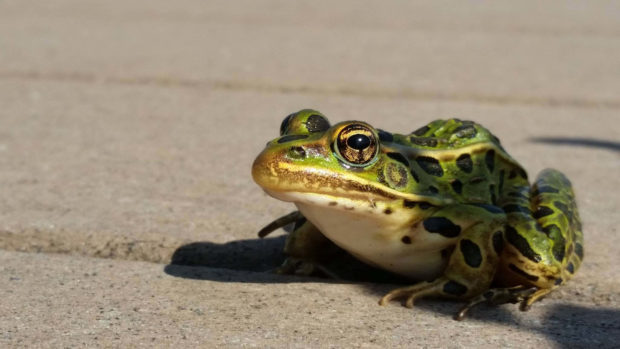
NORTHERN LEOPARD FROGS
Drought and changes in water temperature have negatively impacted the aquatic habitats of these unique frogs. Today, Northern leopard frogs have disappeared from, or become rare, across much of their western range, and have nearly disappeared from the Greater Yellowstone ecosystem. Today, approximately 42 percent of amphibian species (frogs, toads, salamanders) are threatened or declining in the US.
Suggested Tweet: DYK climate change harms aquatic habitats that amphibians rely on? @(CONGRESS MEMBER HANDLE) Join the: #WildlifeClimateMarch http://bit.ly/2nT9Zba
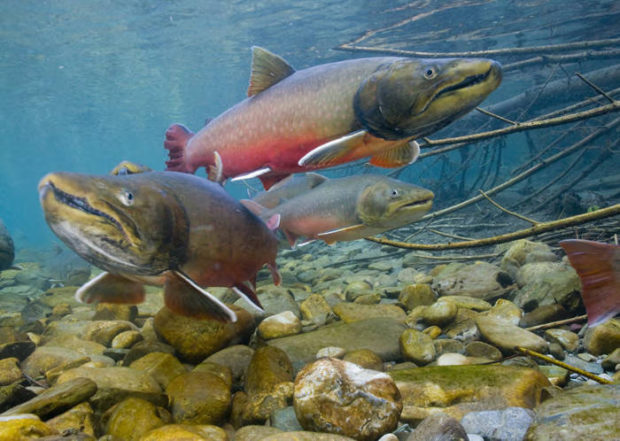
BULL TROUT
Researchers have found that in native bull trout, genetic diversity (which is critical for species to adapt to a warming world) is lowest where stream temperatures are warmest and winter flooding is highest. The bull trout has declined greatly in the contiguous 48 states, with remaining populations primarily small, fragmented and isolated. In Montana, a team of researchers is trying to save this iconic fish by moving them to cooler streams and rivers at higher elevations, but this fish is still struggling along with many other native trout species. Trout habitat is projected to decline almost 50 percent in the western United States by 2080 due to climate change impacts, and more than 40 percent of freshwater fish species are at risk in North America.
Suggested Tweet: Climate change = water too hot for bull trout & others. How will you help @(CONGRESS MEMBER HANDLE)? #WildlifeClimateMarch http://bit.ly/2nT9Zba
Join the Virtual Wildlife Climate MarchJOIN THE MARCH: Tell Congress to address climate pollution and protect wildlife and habitat.
Not on Facebook or Twitter? Email your climate message and photo to alerts@nwa.org





















